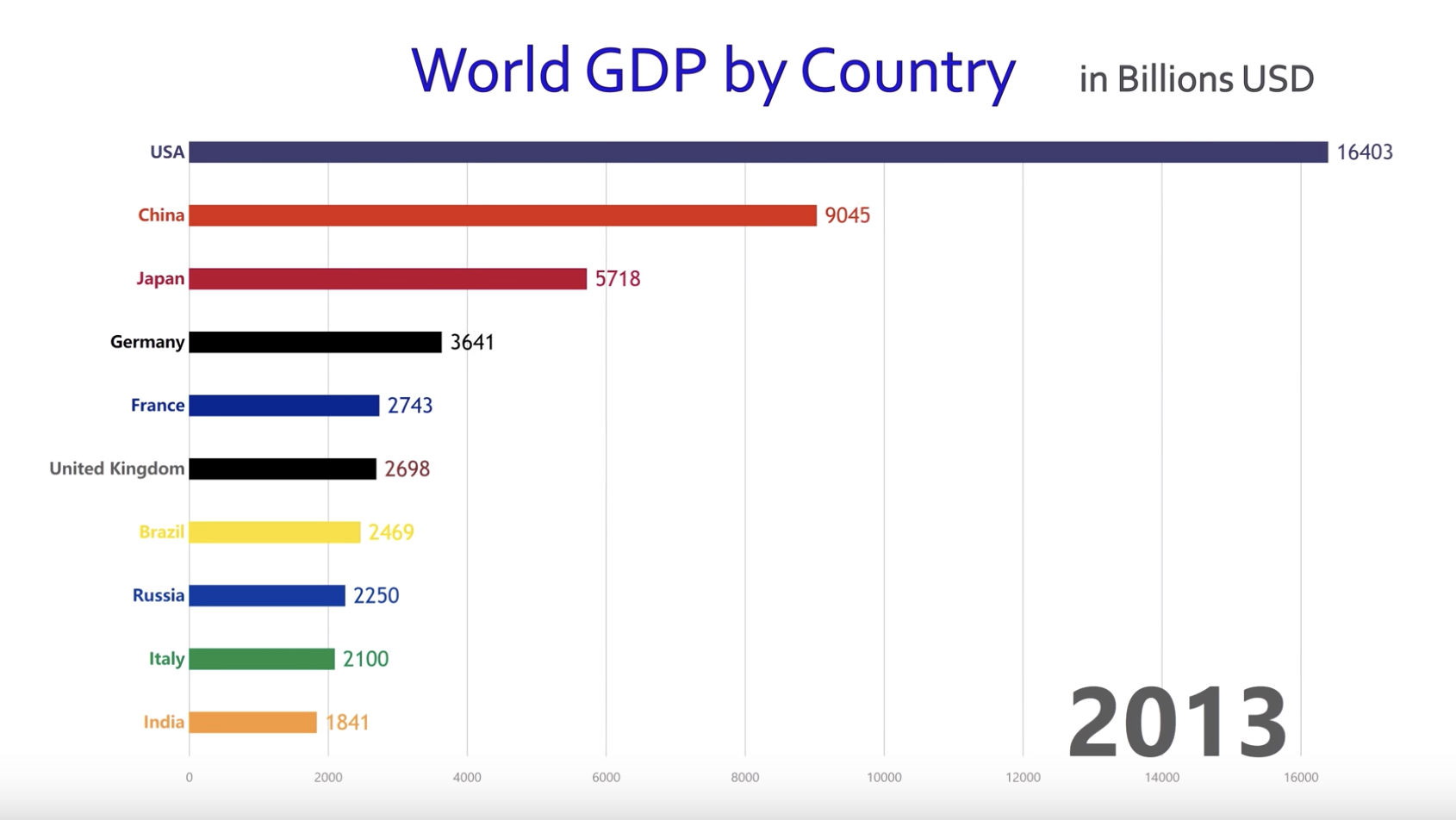Team: Julie, Viki, Wataru
The data say that a lot of water is used to produce foods, while the amounts vary by crops, animals, and how foods are processed. We want to tell this story because we rarely have a chance to know this fact. We aim to let hungry goers aware that 1. huge amount of water is used to produce foods, 2. water footprint is different by foods and they can lower it by their food choices (less processed foods, more local foods, less meat and more veggies).
Our audience is people who come to a beach restaurant in California. We selected this audience and setting because we assume that they are so hungry that the restaurant can get their buy-in relatively easily by offering free food and also they would feel a good level of pleasure and stress about dumping water on them. We don’t want them to think the water dumping is either too pleasant nor too horrible so that they can take the learning about water footprint seriously but not unpleasantly through the experience. We believe our data sculpture is an effective way to tell the story because dumping should be a rare, memorable experience and also the restaurant setting allows the audience to see how different the water footprint of each food is. Providing a choice not to have the water dumped on them but to lean how to reduce their water footprint also works well to educate even people who don’t want to be damped.
The data we used is the water footprint data, in which you can see the amount of water used to produce each food is wide-ranging. Since the unit of the data is cubic meter, we broke it down into a per-serve basis and picked some foods which need a lot of water such as hamburger and vanilla and others which don’t like fresh pineapple. We also used the data of total water consumption among agriculture, domestic, and industry and showed them by labeling a pile of gallon water bottles.
